An engagement ring is more than just a purchase—it’s a timeless emblem symbolizing the love and devotion between you and your partner. This makes choosing the perfect engagement ring significant both financially and emotionally. As a piece of jewelry that will forever represent your journey and commitment together, getting it right can mean a lot.
Let’s explore the intricacies of engagement ring pricing and everything you need to know before purchasing an engagement ring. Whether you’re planning a proposal or making that investment for a different reason, we’ll guide you through clarifying the costs and setting a realistic budget, so you have the confidence you need to buy your dream engagement ring.
Understanding Engagement Ring Costs
When choosing an engagement ring, there’s no hard-and-fast rule for how much you should spend. While the traditional “three-month salary” rule once set an expectation, today’s couples are less bound by such conventions, focusing instead on finding a ring that reflects their style and fits comfortably within their budget.
According to industry sources, people in the U.S. generally spend between $5,000 and $7,500 on a ring, but many couples spend less than $3,000 for their ring. Your choice can easily go above or below this range. For example, you might choose a simple, elegant band for under $500 or splurge on a custom-designed platinum setting with an emerald-cut diamond. Ultimately, there’s a range of beautiful options to match your unique needs and preferences—no specific price point is necessary to find the perfect ring.
What to Consider When Making an Engagement Ring Budget
Several key factors can guide you toward setting a budget for a meaningful engagement ring. Here’s a detailed look at what you should consider:
Is There a Rule for What to Spend on an Engagement Ring?
No. Historically, the “three-month salary” rule—popularized by a clever 1930s advertising campaign from De Beers—was touted as the standard guideline for ring purchasing. Nearly a century later, however, this notion is largely considered outdated. Instead, choose an engagement ring that feels right for you and your partner, both aesthetically and financially.
Set A Reasonable and Realistic Budget
When purchasing an engagement ring, it’s important to consider all the factors that contribute to its cost. While the center stone is often the focal point, the setting and metal can significantly affect the overall price and appearance. Do you prefer a simple solitaire, or would you like the ring to feature side stones or small accent diamonds, such as pavé or melee? Intricate details like milgrain, filigree or engraving can also add a unique touch, but may increase the cost.
Additionally, think about the metal for the band. Options include sterling silver, 14K or 18K gold (including yellow gold, white gold and rose gold), and platinum. Each metal varies in durability and price, with platinum generally being the most expensive due to its rarity and strength. If you’re looking for a balance between affordability and luxury, 14K or 18K gold might be a great choice. Also keep in mind how the color of the metal can affect the appearance of the stone when making your decision.
Lastly, don’t forget to leave room in your budget for additional expenses, such as resizing, engraving, rush orders or ring insurance. Planning for these small but essential details can help ensure you make the best choice within your desired budget.
Think About the Long-Term Ring Value
Many people want to know if the value of their rings will appreciate over time. This depends widely on the quality of the metals and the gems and whether the ring is from a well-known brand.
The cost of precious metals such as gold tends to appreciate over time. However, the amount used in rings is not usually very significant. Whether the value of gems appreciates over time depends on how rare the gem is. Colorless diamonds may appreciate if they are high quality (with top color, clarity, cut grades) and extremely large.
Historically, certain rare fancy color diamonds, such as pink, blue or green diamonds, appreciate in value if their quality is high. But as a general rule, don’t buy a ring as a financial investment. Buy it because you love it. The value from that can mean more than any increase in financial value.
When searching for a diamond ring, look at the 4Cs of Diamond Quality—color, clarity, cut and carat weight. The 4Cs can significantly influence a diamond’s current and future value. It’s also essential to obtain a GIA Diamond Grading Report, which describes the quality of your diamond, and confirms its natural formation, disclosing any potential treatments.
What Factors Affect Engagement Ring Pricing?
From gemstone quality to precious metals, many factors will impact the overall price of an engagement ring. Let’s explore how these factors contribute to the final cost:
1. Diamond Quality
The quality of a diamond will influence the cost of a diamond engagement ring. Diamond quality is evaluated by the 4Cs, so understanding the nuances of a stone’s color, clarity, cut and carat weight can ensure you are making an informed choice.
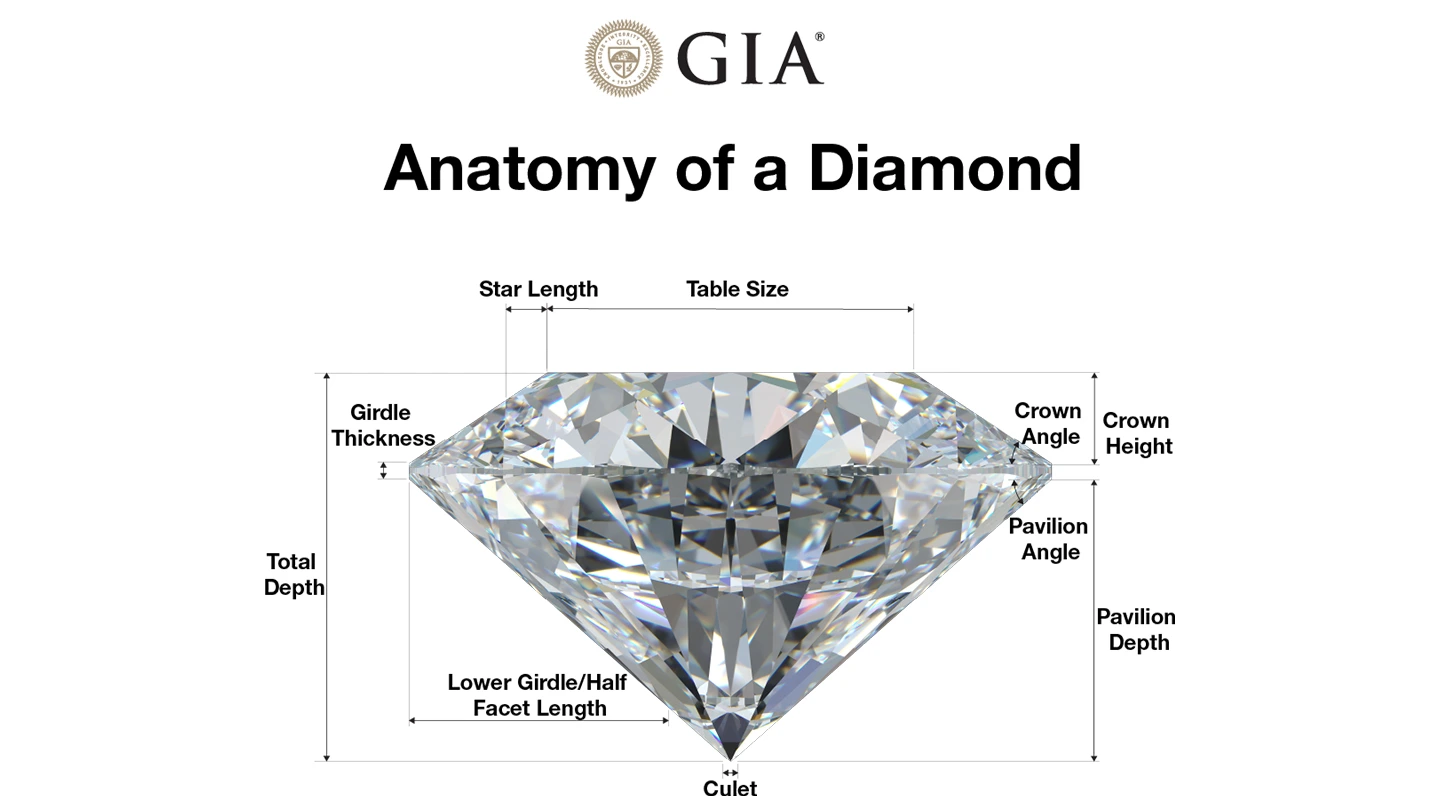
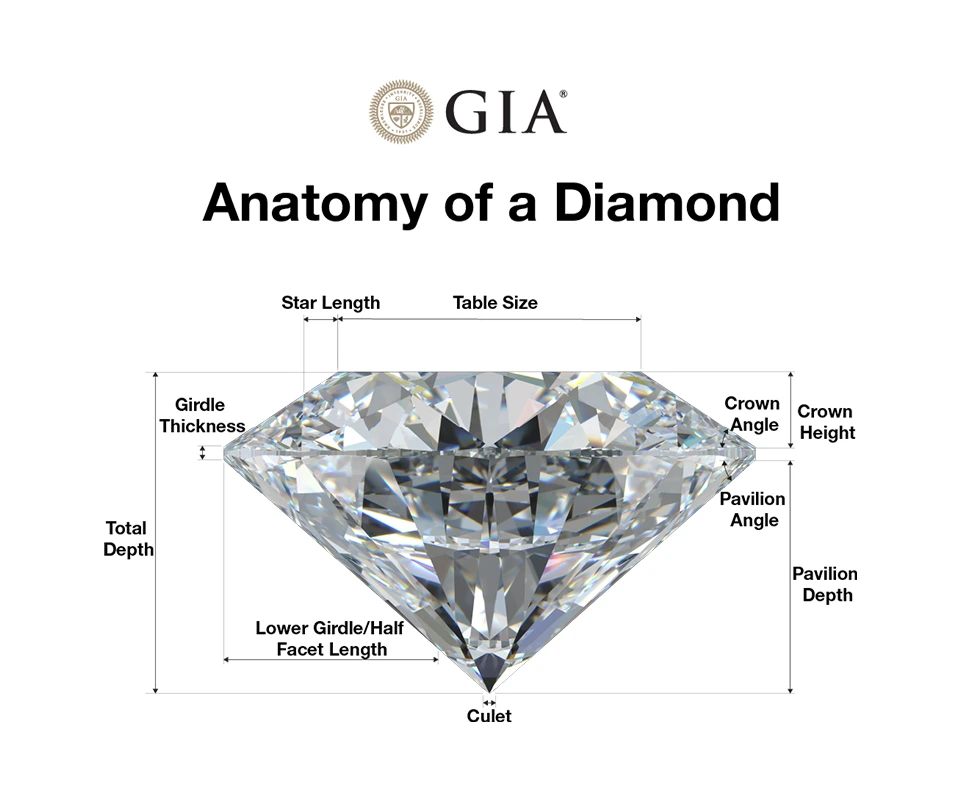
Diamond Cut
A diamond’s cut determines how it interacts with light, showcasing the craftsmanship of the cutter. A well-cut diamond reflects and disperses light beautifully, creating a dazzling light show. By prioritizing a better-cut diamond, your ring will appear more brilliant even if other factors are slightly compromised.
GIA evaluates a round brilliant diamond’s cut based on seven components—brightness, fire, scintillation, weight ratio, durability, polish and symmetry—to arrive at a GIA diamond cut grade, which ranges from Excellent to Poor.
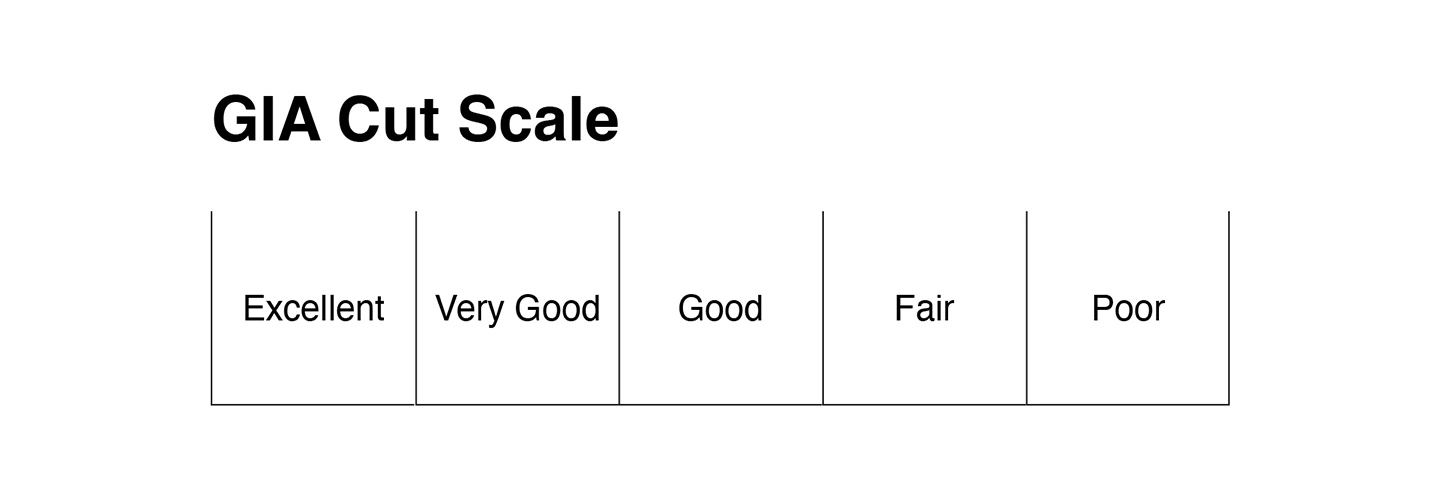
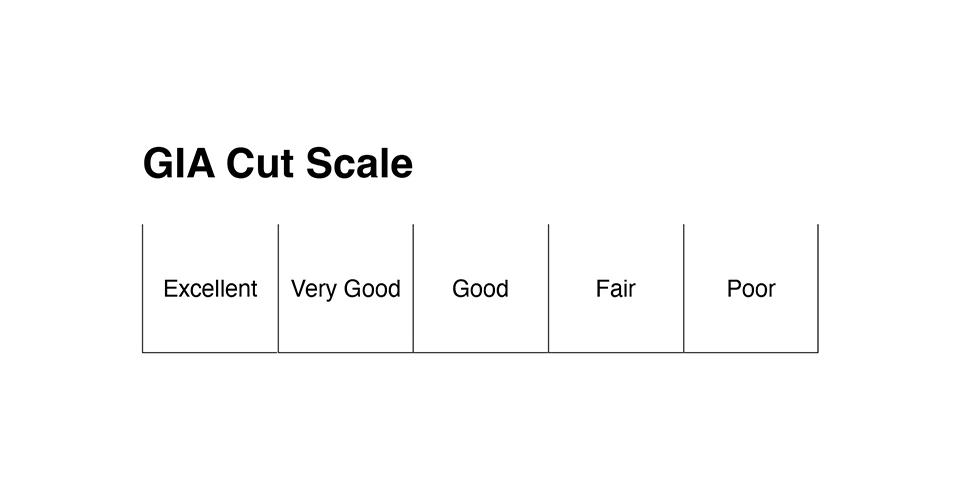
Diamond Color
Color refers to the presence of color in a diamond, ranging from colorless to light yellow. Colorless diamonds (graded D-F) are more valuable, while diamonds with slight color (graded G-J) are more affordable. Slight color differences are often hard to notice, so you can save by choosing a diamond with a lower color grade.
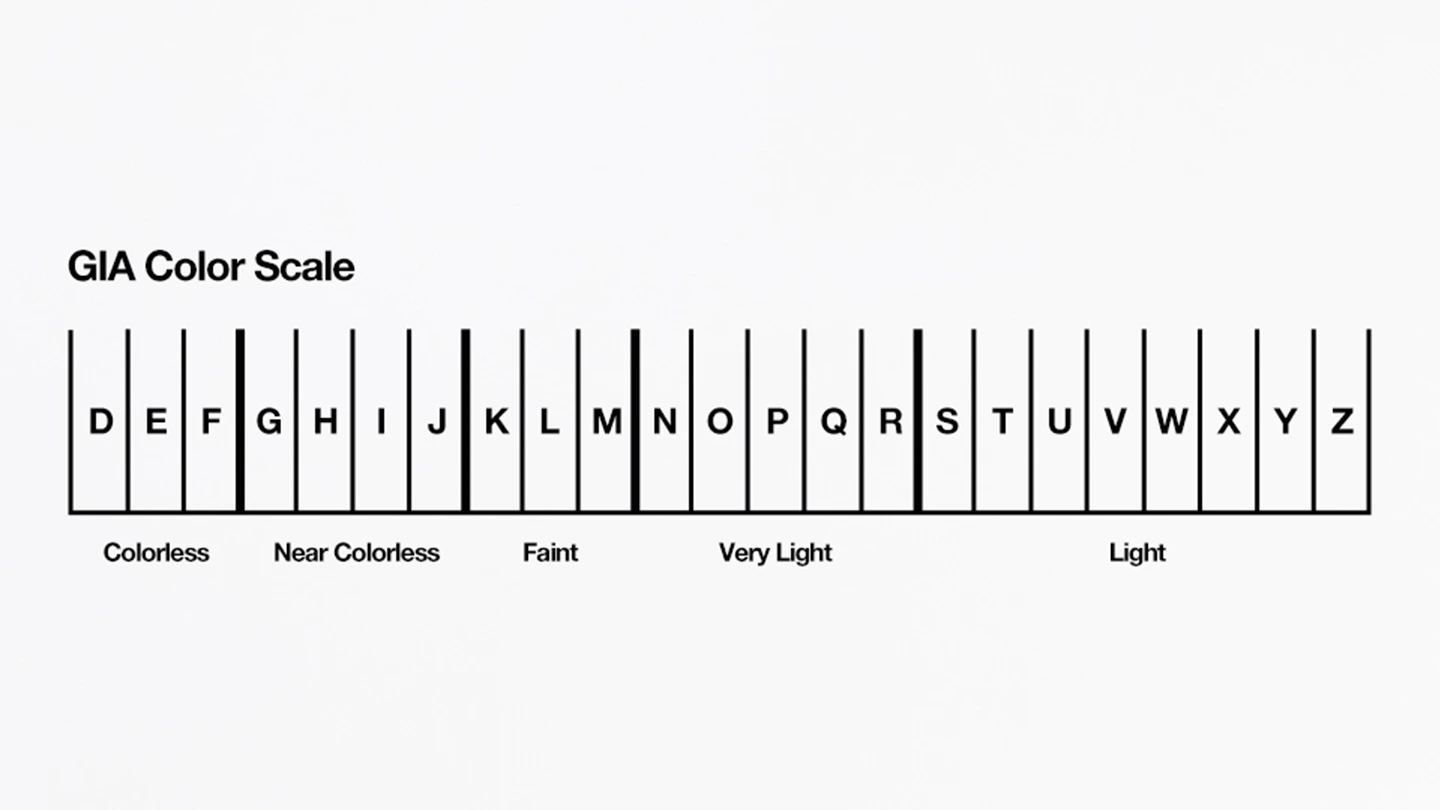
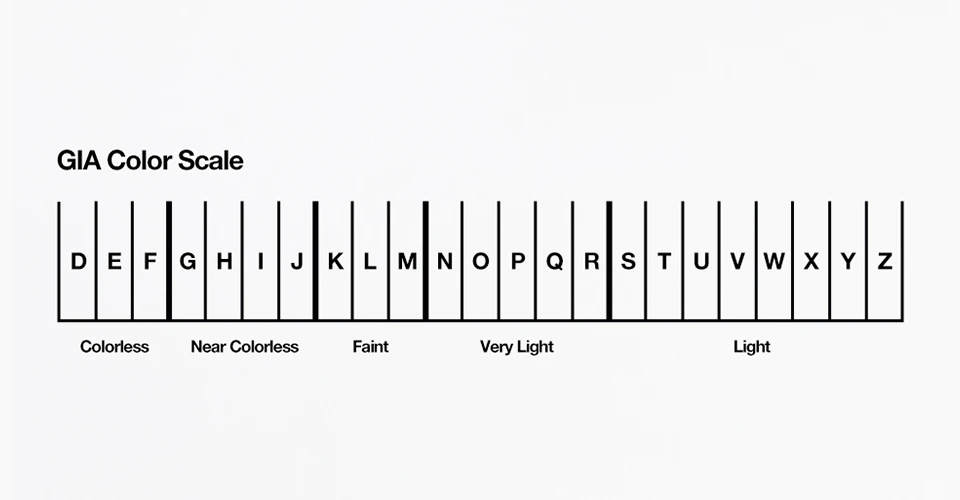
Diamond Clarity
Clarity measures the presence of inclusions within a diamond. Diamonds with fewer inclusions (graded FL-IF) are more valuable, making those with minor inclusions (graded VS1-SI2) more budget-friendly. Many inclusions are microscopic and can’t be seen by the naked eye, providing an opportunity for cost savings.
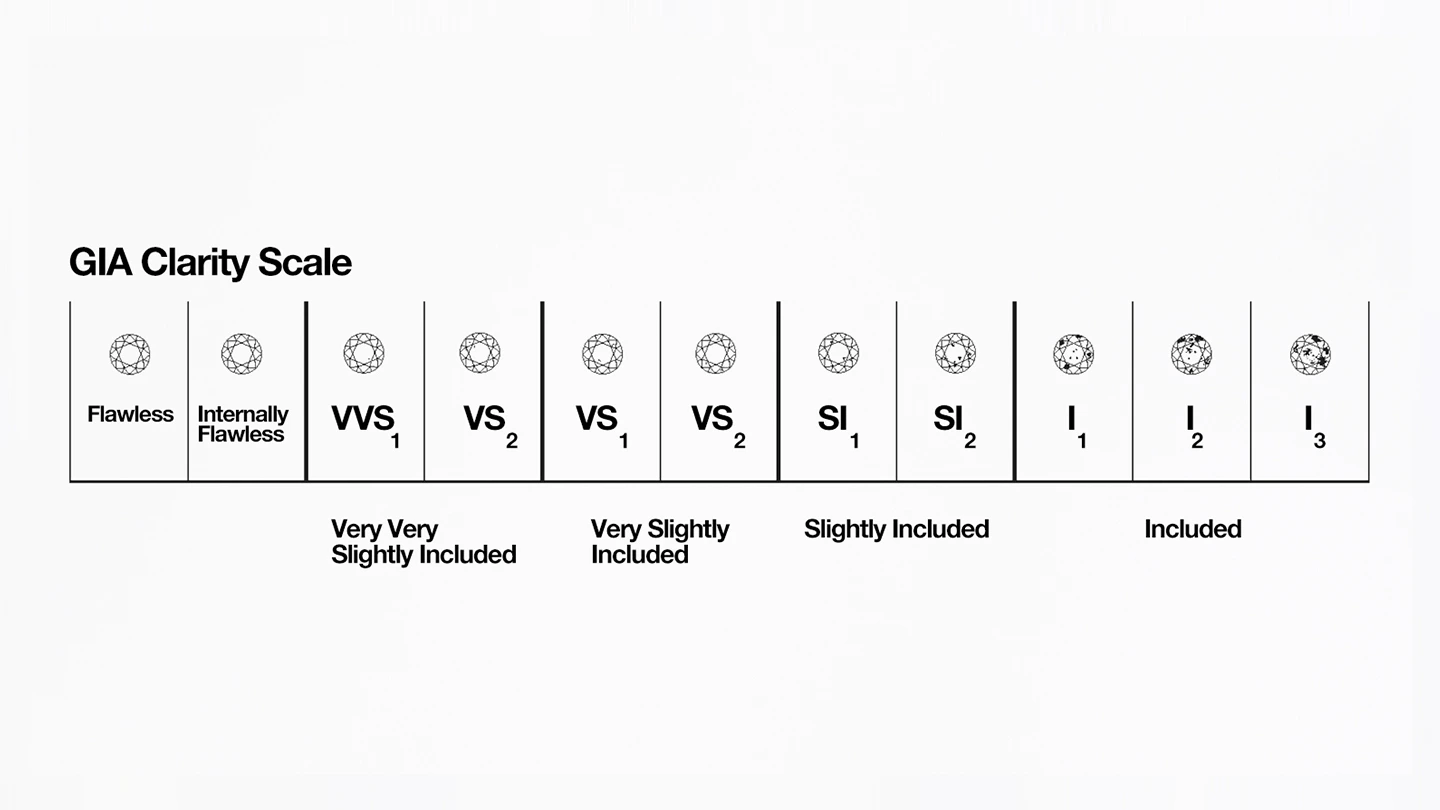

Diamond Carat Weight
Carat weight measures a diamond’s mass. As larger diamonds are rarer and more expensive (all other Cs being equal), their price will increase exponentially with carat weight. Remember, size isn’t everything. A slightly smaller diamond with a better cut is often more striking.
Discuss which of the 4Cs is most important to you and your partner. If you’re set on a diamond with a greater carat weight, consider going lower on clarity and color.
Diamonds with clarity grades of VS2 or sometimes SI1 are considered good deals because they are lower in price but typically don’t have eye-visible inclusions. Diamonds with G or even H color grades are considered great value because they are near-colorless but are much more affordable than diamonds in the colorless range (D-F).
When it comes to carat weight, choose diamonds that are just below certain “magic” sizes, where the per-carat prices jump substantially. For instance, buying 0.97 or 1.47 carat diamonds can cost significantly less than buying 1.00 or 1.50 carat diamonds, respectively, despite the sizes being essentially visually indistinguishable.
Learn more about choosing the perfect diamond engagement ring in GIA’s Diamond Buying Guide.
2. Diamond Stone Shape
The shape of the diamond can impact the diamond’s price. Due to their immense popularity and the fact that more of the crystal is lost during the cutting process, round brilliant-cut diamonds are often the most expensive diamond shape. Fancy shape diamonds, such as princess, cushion or oval cuts, can be more budget-friendly while offering a unique and beautiful appearance.
3. Ring Setting Styles
The style of the setting plays another key role in determining the cost of an engagement ring. Classic settings, like the 4-prong diamond solitaire, are often more affordable due to their simplicity.
More intricate settings, such as the halo, 3-stone or pavé—which contain additional smaller diamonds or colored gems—increase the price due to the extra stones and labor involved.
However, intricate settings can help make the center stone appear larger, allowing the customer to purchase a smaller center stone to get a similarly glamorous look. In such cases, using an intricate setting could help the customer save on costs. Settings that require more precise craftsmanship and metals, like a split shank band or a sunburst halo, can also increase costs.
Whether worn every day or only for special occasions, the ring you choose should last a lifetime. Consider including security features within the ring setting to protect the central stone and accent gemstones. Hidden halos, extra prongs, gallery rails or protective ring settings like channel or bezel settings, may increase the material and labor costs of the ring. However, the enhanced longevity and durability of the ring may justify the extra cost.
4. Custom vs. Preset Rings
The creation process for custom rings involves consultations with jewelry experts, personalized design work, one-of-a-kind detailing and specialized craftsmanship to bring your vision to life. Costs for custom-made diamond engagement rings can vary significantly, but typically they are more than those for preset engagement rings.
Conversely, preset diamond engagement rings are generally more affordable because the manufacturing process is streamlined and they are produced in large quantities, allowing for lower production costs.
5. Ring Metals
The metal you choose for your ring will be pivotal to the price. However, avoid picking a metal based on price alone. Each option can complement or contrast with the ring’s gemstones in sometimes unexpected ways.
Platinum, known for durability, rarity and hypoallergenic properties, is often the most expensive choice. Gold, available in various colors such as white, yellow and rose, is typically more affordable and offers a classically luxurious appearance. Silver and alternative metals like titanium or palladium offer cost-effective options while providing unique looks and styles.


6. Accent Gems
Accent gemstones can add extra sparkle and a luxurious touch to any ring. They can also influence the final cost of the piece. Diamonds are the most popular choice for accent gems. Higher-quality accent diamonds will naturally increase the ring’s price. As accent stones are smaller than the main stone, consider choosing lower-quality diamonds to manage costs.
Additionally, consider the many stunning colored gemstones that can add striking color and visual interest to your engagement ring. Precious and semi-precious gems, such as emeralds, rubies, aquamarine and other birthstones, can provide a unique and personal touch to your design. Whether you choose deep blue sapphires or more affordable stones like a fiery topaz or velvety amethyst, colored gemstones can enhance your ring’s design at any price point.
Other Engagement Ring Costs to Consider
Before finalizing your engagement ring budget, think about these additional factors that could play a role when choosing your design:
Resizing Costs
From perfecting the initial fit to the wearer’s finger size shifting over time, engagement rings may require resizing at some point. The cost of resizing can vary dramatically based on the design. Simple bands are typically more affordable to resize, while rings with elaborate settings or continuous pavé diamonds may require more labor and higher fees.
Diamond Ring Insurance Costs
It is highly recommended that you purchase insurance coverage for your ring. Insurance costs and annual premiums will largely depend on the ring’s appraised value and the type of coverage. Top-level jewelry insurance policies can also cover theft, loss and damage. More expensive, comprehensive coverage can give you peace of mind that your ring and purchase are protected.
A GIA Diamond Grading Report is often integral to the appraisal and insurance process as it states the identity of a diamond and its 4Cs of diamond quality, which are fundamentally tied to the diamond’s value. As the inventor of the 4Cs, GIA issues the most trusted reports in the industry, relied on by museums, auction houses and millions of consumers.
Rush Orders on Diamond Rings
An often-unexpected challenge when planning a proposal is longer-than-expected turnaround times on engagement rings, especially custom ones. With turnaround times typically spanning from a few weeks to several months, some buyers finalize their ring choice only to realize it won’t arrive in time for their planned proposal date.
While we always hope everything goes according to plan, allocate an additional $400 to $600 into your engagement ring budget for potential rush fees. By including a buffer for rush orders in your budget, you’ll avoid the stress of unforeseen delays and ensure that nothing stops your dream proposal.
Why Purchase a Diamond Ring with a GIA Report?
Choosing a diamond ring with a GIA report ensures you know exactly what you are buying in the moments that matter most. When shopping for a diamond, always request a GIA grading report. This report provides an unbiased and comprehensive assessment of the diamond’s identity and 4Cs.
With a clear and transparent view of the diamond’s attributes from GIA, the world’s most trusted name in diamond grading, you can confidently make an informed purchasing decision that best aligns with your preferences and budget.
Begin Your Forever with the Perfect Diamond Engagement Ring
Choosing a diamond engagement ring is a deeply personal journey that concludes with discovering the perfect symbol of your love. Along that journey, feel empowered and prepared by setting a realistic budget, discussing the 4Cs of diamond quality with an expert jeweler, and ultimately crafting a timeless treasure.
With GIA as your trusted resource, you can confidently navigate the diamond engagement ring buying process. With a trusted GIA-trained jeweler, you can translate your vision into an unparalleled piece that will be cherished forever.
Your dream ring awaits! Take the next step with GIA’s Engagement Ring Buying Guide.
